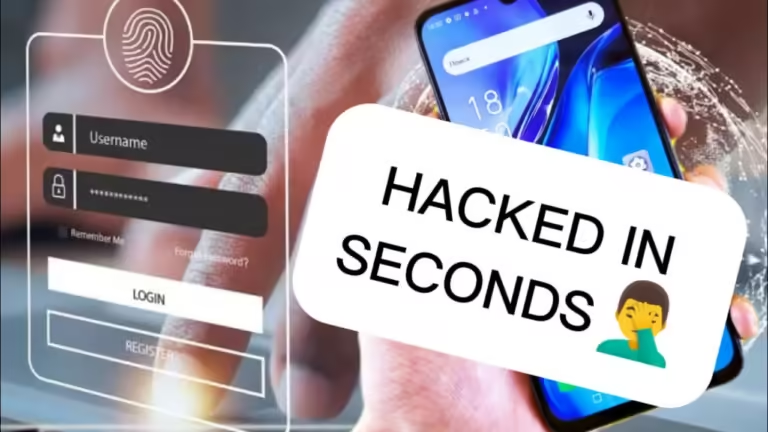Deepfake Technology: Understanding the Risks and How to Identify & Protect Yourself
Deepfake technology has emerged as a significant threat in the digital age, enabling the creation of highly realistic fake videos, images, and audio recordings.
By leveraging deep learning algorithms, deepfakes can manipulate existing content, such as swapping faces in videos or altering speech in audio recordings.
While deepfakes have some creative and entertainment applications, they also pose serious risks that everyone should be aware of.
The Dangers of Deepfakes
- Misinformation and Deception: Deepfakes can be used to create convincing content that appears genuine, making it easier to spread false information or manipulate opinions. This can have serious consequences in the realms of politics, journalism, and even personal relationships[3].
- Identity Theft and Privacy Invasion: Malicious actors can use deepfakes to steal someone’s identity, superimposing their face onto explicit or incriminating content. This can lead to personal and professional harm[3].
- Fraud and Cybersecurity Threats: Deepfake technology can be leveraged in financial scams, where cybercriminals create fake videos or audio recordings to impersonate individuals, like company executives, potentially leading to fraudulent transactions[2][3].
- Discrediting Individuals and Institutions: By creating fabricated content, deepfakes can undermine the credibility of public figures, organizations, or even law enforcement. This can lead to a loss of trust in essential institutions[3].
How to Spot a Deepfake
- Scrutinize Visual Artifacts: Deepfakes often exhibit subtle visual inconsistencies, such as unusual blinking, distorted facial features, or mismatched lighting and shadows. Pay close attention to these anomalies, as they may reveal the manipulation[3].
- Analyze Audio Inconsistencies: Listen carefully to the voice in a video or audio recording. Deepfake-generated voices may have unnatural intonations or odd shifts in tone and pitch[3].
- Verify the Source: Check the credibility of the platform or source sharing the content. Reliable sources are less likely to share deepfake content, so be skeptical of content from unknown or suspicious websites[3].
- Cross-Reference Information: If the content seems dubious, corroborate it with other sources or individuals. Fact-checking can help confirm or refute the authenticity of the material[3].
- Trust Your Instincts: Intuition can be a powerful tool in spotting deepfakes. If something doesn’t feel right or raises doubts, take a closer look and investigate further[3].
Protecting Yourself from Deepfakes
- Stay Informed: Keep up with the latest developments in deepfake technology and the associated risks. This will help you stay vigilant and better equipped to identify potential deepfakes[4].
- Verify the Authenticity of Content: Before sharing or believing content, especially if it seems controversial or surprising, take the time to verify its authenticity. Use the techniques mentioned earlier to scrutinize the content[4].
- Report Suspicious Content: If you come across a deepfake that involves you or someone you know, report it to the platform hosting the content. This helps raise awareness and combat the spread of misinformation[4].
- Use Deepfake Detection Tools: As deepfake technology advances, so do the tools designed to detect them. Utilize AI-powered tools that can analyze messages and images for signs of fraud[4].
- Encourage a Culture of Skepticism: Promote a culture of critical thinking and skepticism when it comes to digital content. Encourage others to verify information before believing or sharing it[4].
In conclusion, deepfake technology poses a significant threat to our digital landscape, but by understanding the risks and taking proactive measures, we can mitigate the impact of this emerging technology.
Stay informed, verify content, and report suspicious activity to help combat the spread of deepfakes and maintain trust in the digital world.









